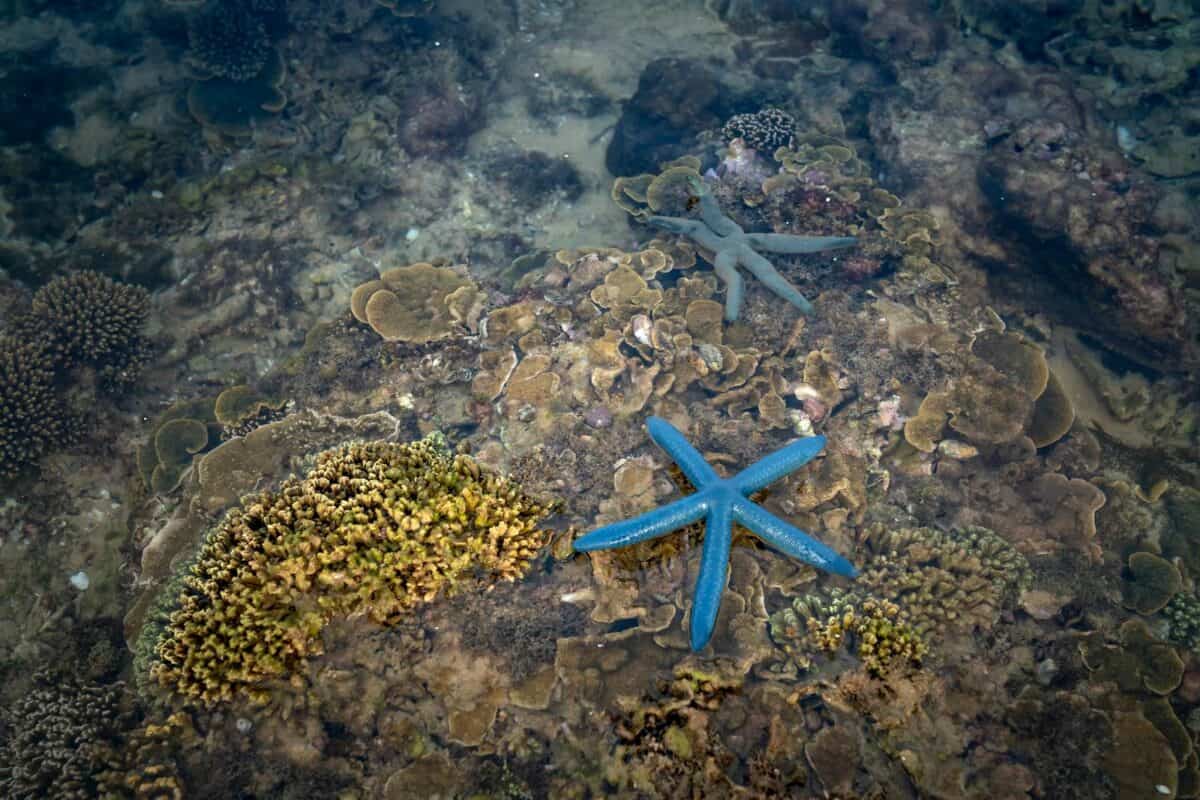Starfish, or sea stars, are fascinating marine creatures known for their remarkable regenerative abilities. While many sea stars can regrow lost limbs, there’s one species that stands out for taking this regenerative process to an extraordinary level. This article delves into the amazing world of starfish, focusing on their unique regeneration capabilities and highlighting a species that takes arm regrowth to newfound heights.
Understanding Starfish Regeneration

Among the most impressive abilities in the animal kingdom is the starfish’s capacity to regenerate lost limbs. This process is not only crucial for survival, allowing them to escape predators, but it also underlines the complex biological mechanisms at work beneath their simple exterior. Regeneration involves the growth of new tissues, nerves, and even parts of their central nervous system, showcasing nature’s clever engineering.
The Role of Regeneration in Survival

For starfish, the ability to regenerate limbs isn’t just a nifty trick—it’s a key evolutionary advantage. When a starfish loses an arm, whether due to a predator attack or environmental stress, regenerating that limb allows them to maintain their mobility, balance, and efficiency in feeding. This capability is essential for survival in the diverse ecosystems where they thrive.
Beyond Limbs: The Extraordinary Linckia Starfish

While all starfish have some regenerative ability, the Linckia starfish, commonly known as the blue Linckia, takes this talent to the next level. Unlike typical starfish regeneration, where only lost limbs grow back, the Linckia can regenerate an entirely new individual starfish from a mere segment of a severed arm. This phenomenon offers a unique insight into the potentials of asexual reproduction in marine life.
How Linckia Starfish Achieve Their Regeneration Feat

The Linckia starfish’s advanced regenerative ability begins at the cellular level. When an arm is severed, specialized cells called progenitor cells activate to reconstitute the lost limb. These cells not only replace the missing tissues but can also initiate the formation of a new central disc, the core body structure of the starfish, from which additional arms can later grow, ultimately forming a complete new starfish.
The Evolutionary Advantage of Super Regeneration

The Linckia’s exceptional regenerative powers may have unlocked evolutionary advantages that allow it to thrive in its environment. By reproducing asexually, a single individual can give rise to numerous genetically identical offspring without a mate. This adaptation might enhance population density and genetic uniformity, providing stability in suitable habitats.
Anatomy of Starfish Arms

Starfish arms are intricately designed to suit their regenerative needs. Each arm houses vital organs and structures such as eyespots, tube feet, and sections of the digestive tract. This distributed setup minimizes the impact of losing an arm, as vital functions can continue within the remaining arms. This multifunctional anatomy is what makes regeneration possible and efficient.
Factors Influencing Regeneration Speed
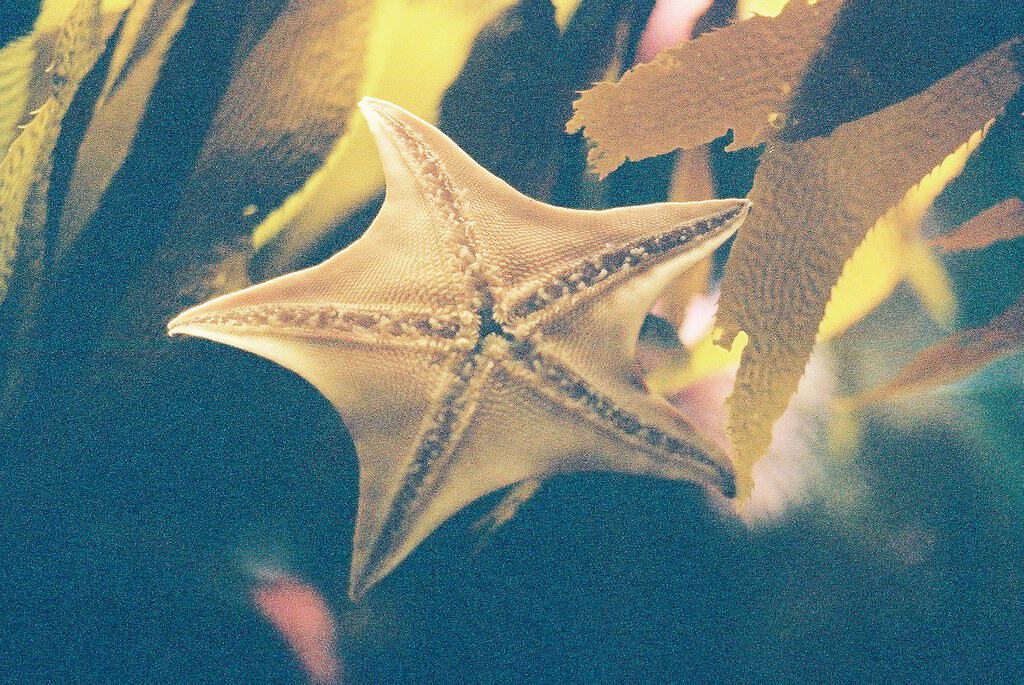
The speed at which a starfish can regenerate depends on several factors, including the extent of the injury, water temperature, and availability of nutrients. Warmer waters and ample nutrition tend to accelerate tissue regrowth, enabling quicker recovery from injuries. However, this process can still take several months to years to fully restore lost limbs or create a new starfish.
Comparing Regeneration Among Various Starfish Species
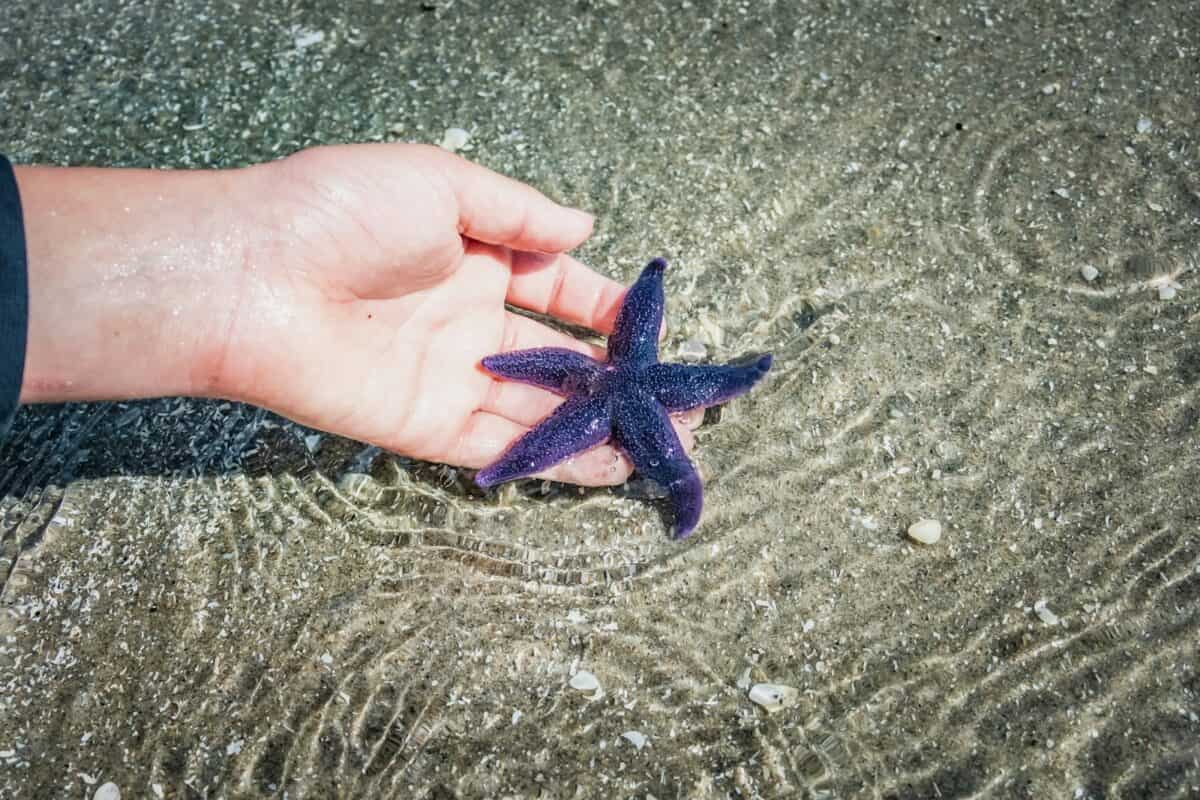
While the Linckia starfish captures attention for its whole-body regenerative ability, other species of starfish exhibit varying levels of regenerative prowess. Some can only regenerate lost arms but not other parts, while others have a limited ability to repair significant damage. These nuances in regenerative ability illustrate the diverse evolutionary strategies employed by starfish.
The Role of Genetics in Regenerative Abilities

The genetic blueprint of starfish governs their regenerative capabilities, with specific genes activated to initiate and sustain this complex process. Research into these genetic factors can offer insights into potential medical applications for humans, especially in fields like tissue regeneration and healing technologies.
Human Implications of Starfish Regeneration
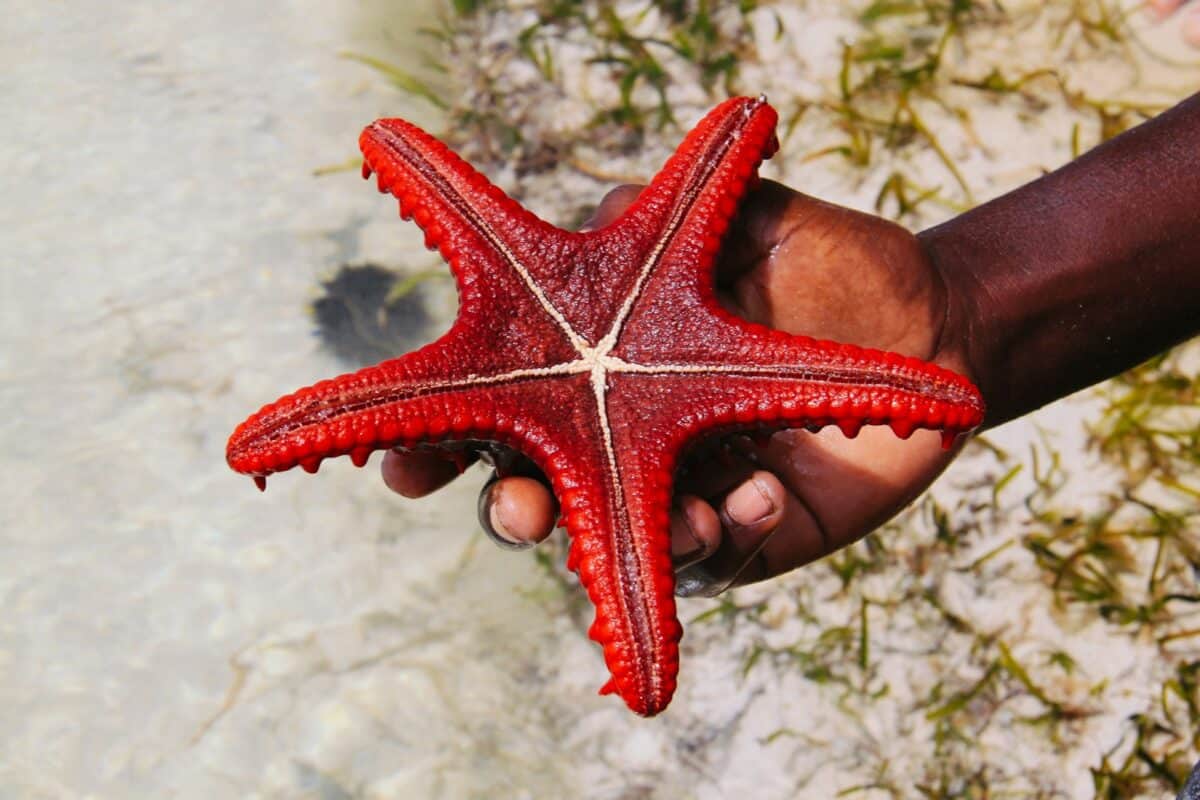
The regenerative abilities of starfish have inspired research in regenerative medicine for humans. By understanding and potentially replicating these natural processes, scientists hope to advance treatments for injuries and degenerative diseases. The mechanisms employed by the Linckia and other starfish may one day hold the keys to improving human health and recovery.
The Ecological Impact of Regeneration
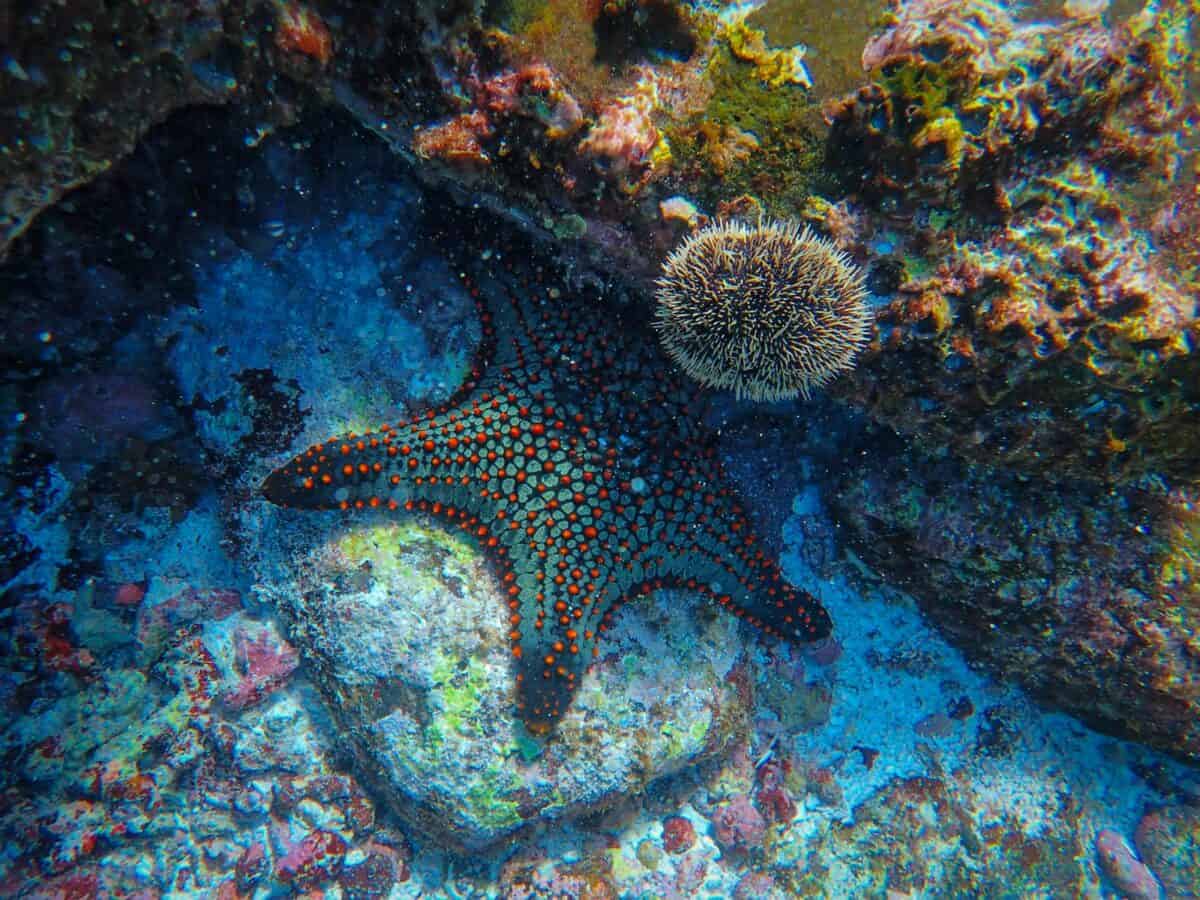
Starfish play a vital role in marine ecosystems, and their regenerative abilities contribute to their ecological success. By maintaining their population numbers through both sexual and asexual reproduction, they help control prey populations, such as mollusks, and maintain the delicate balance of their underwater environments.
The marvel of starfish regeneration extends beyond simple limb regrowth, offering a glimpse into a sophisticated biological process that spans survival, reproduction, and ecological balance. The Linckia starfish exemplifies these capabilities on an extraordinary scale, providing inspiration for both scientific exploration and a deeper appreciation of the natural world. As research continues to unlock the secrets of these resilient sea stars, we gain insights not only into their lives but also into potential innovations in regenerative medicine that could transform human healing.
- 10 Unique Animal Species That Can Only Be Found in the United States - August 15, 2025
- 10 Amazing Animals You Can Only Find in the United States - August 15, 2025
- 10 Times Tornadoes Flattened Entire Towns in the Midwest - August 15, 2025

